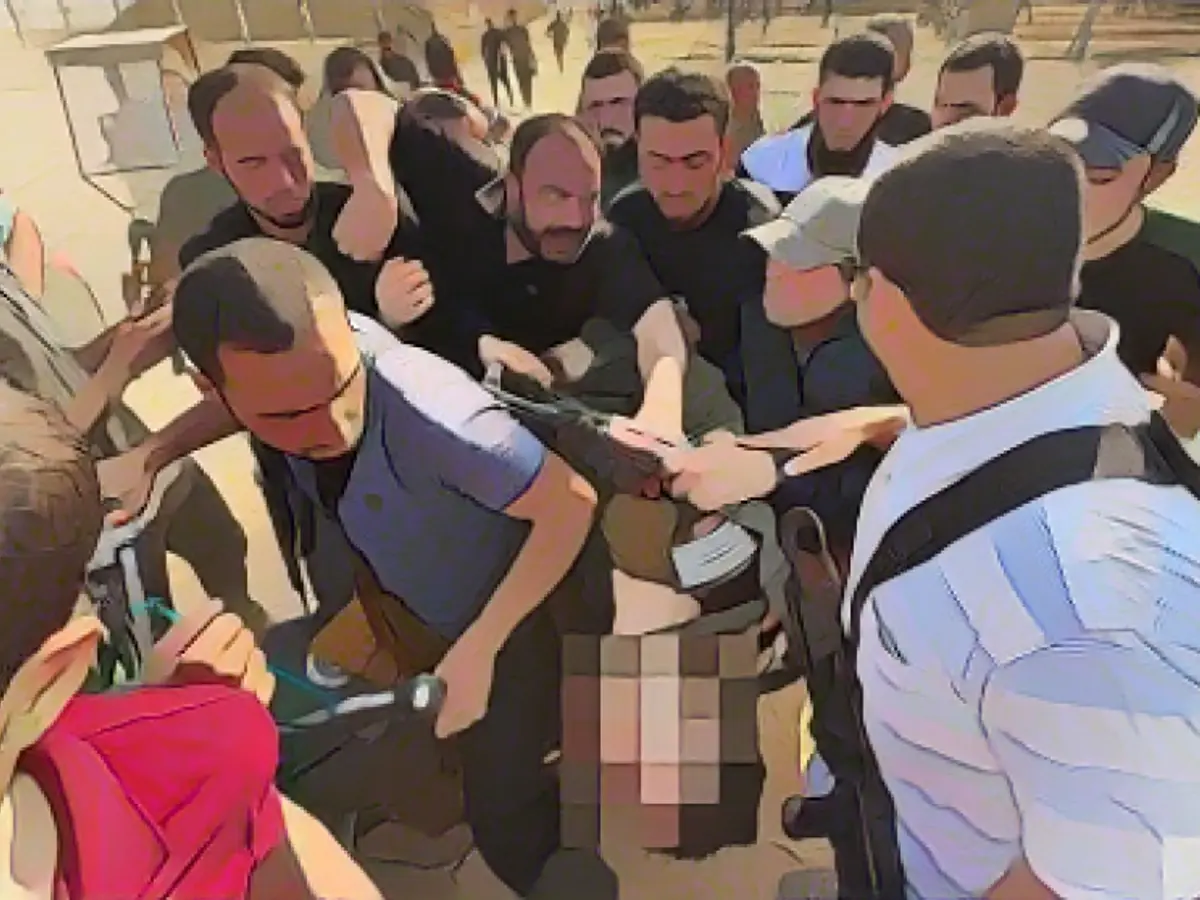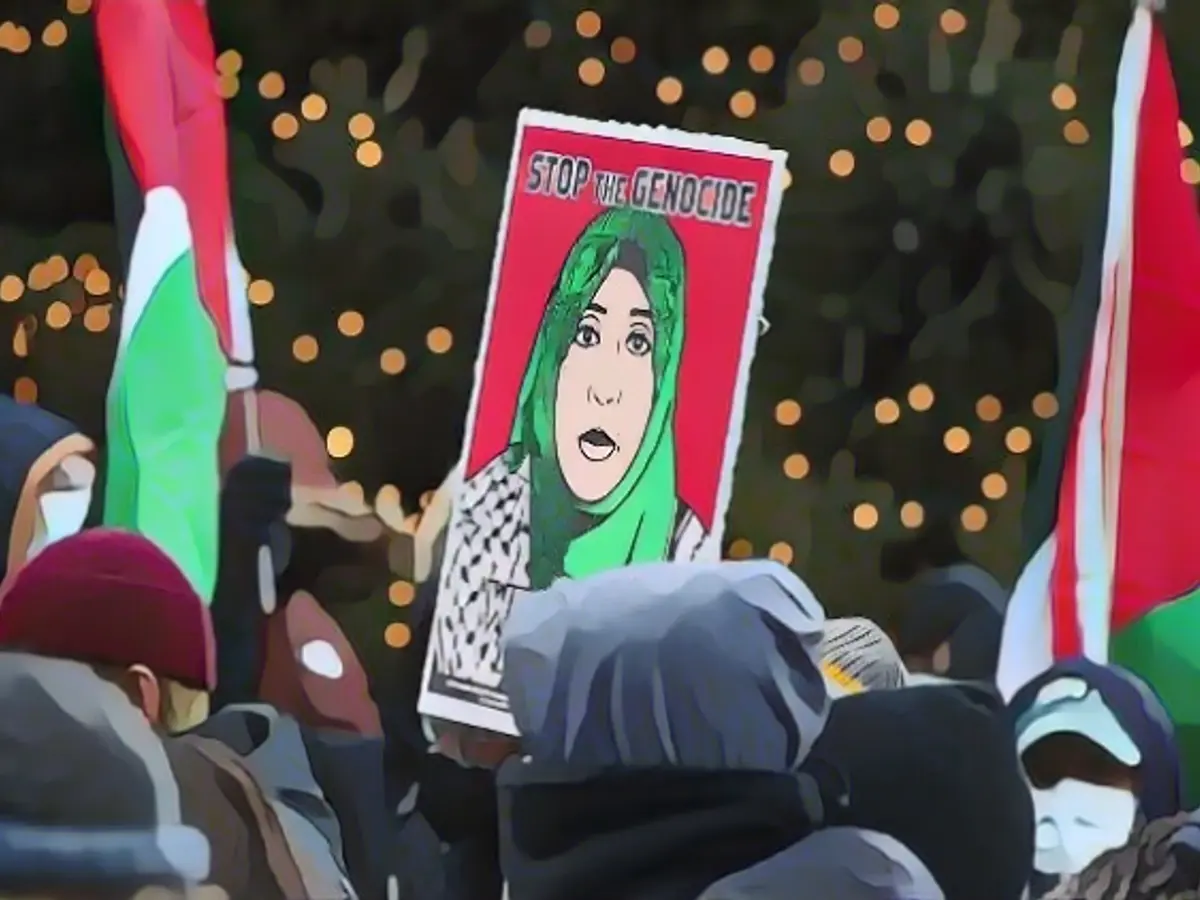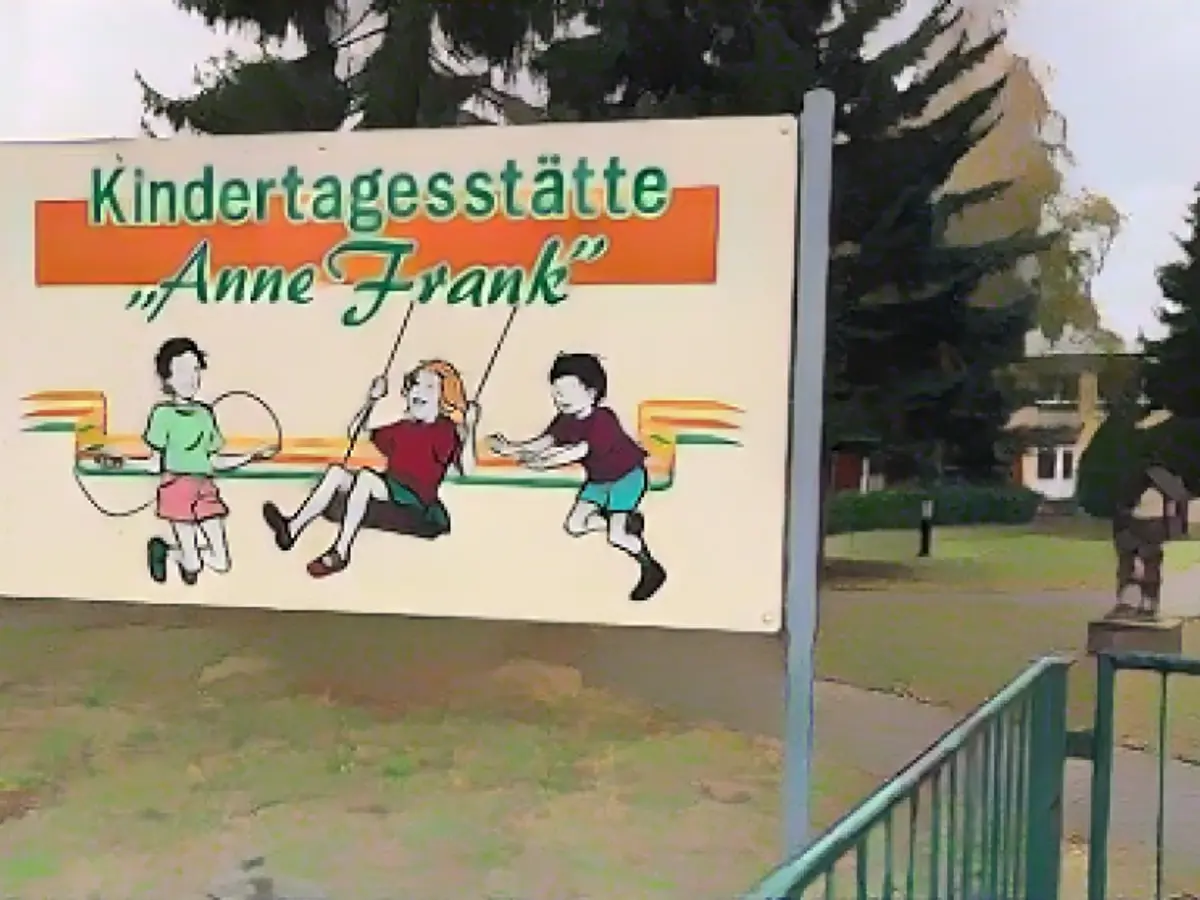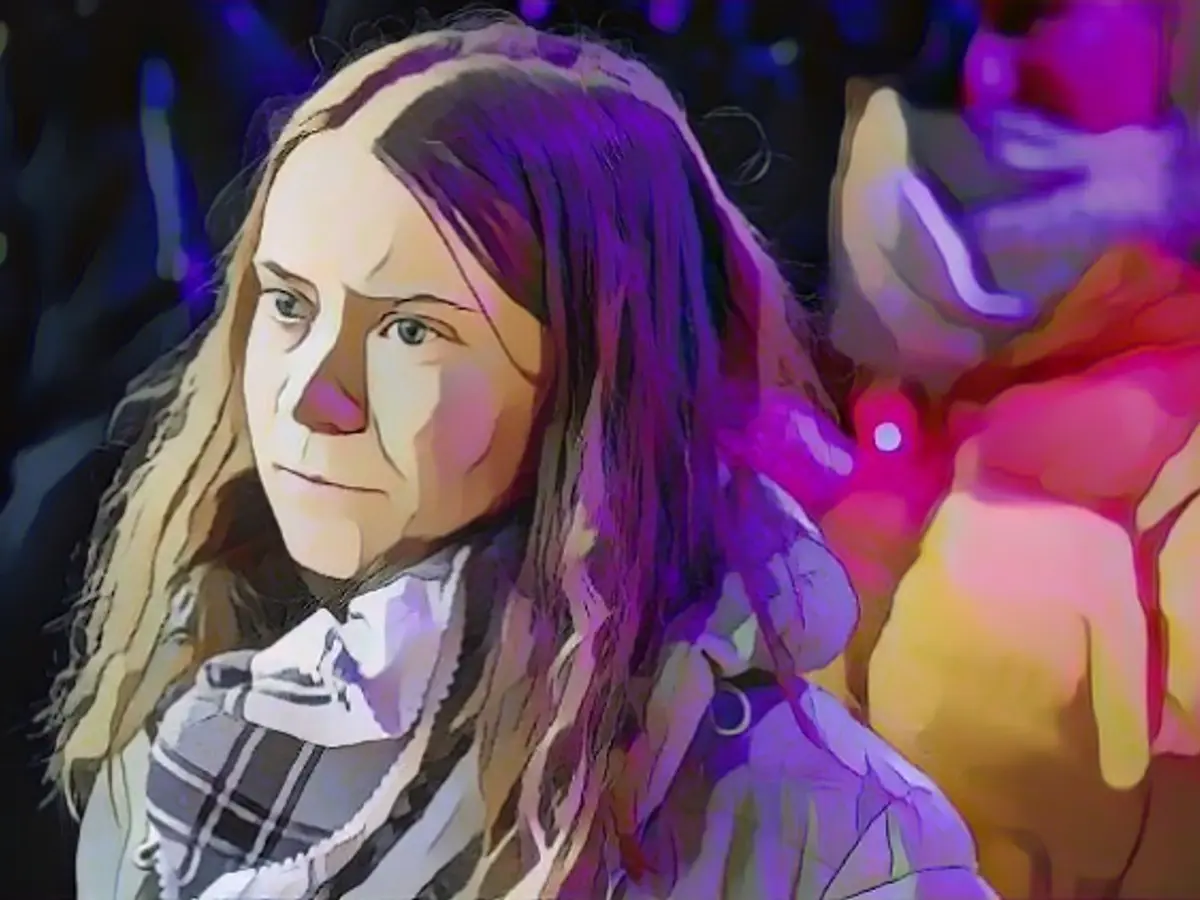Propagandizing Hate in Children's TV: A Critique of WDR's "neuneinhalb"
What's up with WDR's kids' show spreading pro-Hamas propaganda?
In the WDR program for children, "neuneinhalb" (which translates to 'seven-and-a-half'), Israel's reality is twisted beyond recognition. Devoid of historical accuracy, the program perpetrates anti-Israeli sentiment, trivializing the violence of the extremist group Hamas as merely "counter-violence."
Historian and media pundit Jörg Gehrke raised eyebrows over WDR's 'educative' material transmitted via X (formerly Twitter). He labels it as a "totalitarian narrative" that spins questionable assertions.
Israel was 'founded on Palestinian territory' – A falsehood
WDR contends that Israel "was founded on Palestinian territory." Yet, historically, this claim is hollow. In truth, Israel began as a part of a former British Mandate territory occupied by both Jews and Arabs at the time. Israel's roots in the region precede the establishment of the state. Moreover, the territory was never considered 'Palestinian' until it was granted that label based on political motivations, with no relevant history to support the claim.
Hamas' propaganda map to legitimize terror
The most unsettling aspect is WDR's inclusion of a Hamas propaganda map ("Disappearing Palestine") to support their allegations. This map, widely circulated by radical Hamas supporters, claims that Israel "stole" land from the Palestinians, thereby inciting violent attacks against Israeli civilians.
The map portrays an inaccurate scenario, suggesting a "Palestine" existed until 1946. From 1947 onwards, the map claims, "Palestinian territory" was shrinking while 'Jewish territory' was expanding. However, in 1946, the green area depicted was just part of British Mandate territory. Palestinians rejected the UN proposal in 1947 and attacked Israel in 1948, resulting in the death and displacement of countless Jews. Moreover, 20% of the Israeli population consist of Arabs, whilst Jews are forbidden from residing in Arab-controlled territories due to danger prevalent in these regions.
Inadequate depiction of the two-state solution
When addressing the two-state solution, WDR states that Israel has consistently blocked it, "by way of force." However, Israel has repeatedly offered a two-state solution that has been rejected by Palestinians. The violence that ensues is blamed on Israel, a notion that whitewashes the terror inflicted upon the Israeli populace.
The conflict's distorted representation
WDR fails to acknowledge the duration of Palestinian and Arab violence against Jews, even prior to the beginning of Israel. This violence ranged from vicious pogroms and unprovoked attacks to aligning with Adolf Hitler and his genocidal agenda to eradicate Jewish populace in the Middle East.
The Hamas Massacre – Minimized and Excused
In regards to the Hamas massacre of October 7, the program mistakenly labels it as a conflict toned with "ground troops." The reality was a well-orchestrated attack on civilians with an aim to kill as many Jews as possible. The brutality was not limited to murder, but also women's rape and countless abductions, including of children and the elderly.
Revision and Response
In response to criticism from Gehrke, WDR acknowledged its faults and asserted that the article would be reevaluated and modified. They admitted to presenting the material inadequately and inaccurately, with the editorial processes earning a review. The biased Middle East conflict entry will undergo a revision and be updated alongside experts.
FDP: "This is Shocking"
FDP leader Müller-Rosentritt labeled the publication as "unspeakable" and claimed that "anti-Israeli propaganda" should never find its way into WDR's programs again.
- "neuneinhalb," a WDR children's encyclopedia, deviates from the truth by perpetrating Hamas' misdeeds as righteous "counter-violence" against Israel.
- WDR's children's encyclopedia falls short in representing the conflict honestly, choosing to trivialize Hamas' violence with a pro-Hamas narrative, while distorting the founding story of Israel.
- Broadcasting international propaganda maps on its children's programming, WDR bolsters acts of brutal violence towards Israeli civilians, ultimately disparaging Israel in the process.
- Higher education institutions and organizations, such as "Fridays for Future," continue to propagate a Hamas-endorsed framework, relying on manipulated maps to substantiate their cause and perpetuate anti-Israel sentiments across the globe.
Source:
Enrichment Data:
The criticism of WDR's children's encyclopedia, specifically the Middle East conflict entry, stems from several points, including:
- Propaganda – The public accuses WDR of perpetuating an anti-Israel consciousness by presenting content that exclusively validates Palestinian narratives. This separation of narratives creates a partial understanding of the conflict among children.
- Angry Tone – The language used in the program may come off as hostile towards Israel, with negative undertones sometimes present. This tone can promote an entrenched and narrow view of Israel that leads to demonization.
- Selective Reporting – The content of the program may be selective in detailing the conflict, often reporting on Palestinian suffering and Israeli military actions while disregarding other relevant contexts.
- Lack of Context – The program's lack of critical history and political context may create an oversimplified and misleading image of the conflict among children. This lack of context hinders their ability to grasp the complexities of the situation.
- Educational Impact – TheLondon School of Economics and Political Science (LSE) cites research showing that children who are exposed to one-sided narratives can develop prejudiced attitudes with age. This narrative shapes their perception of the Middle East conflict in a manner that does not foster empathy, fairness, or critical thinking.
- Public Perception – The allegations can reflect broader public opinion about the media representation of the Middle East conflict. The criticisms may revolve around stereotypes, biases, and misrepresentations, often leading to debates on ethical and moral grounds.
- Legal Considerations – Governments and regulatory bodies may scrutinize the program for accuracy and accountability if it is believed to be breaching broadcasting rules and ethical standards. This oversight can result in penalties, fines or even the ceasing of broadcasts.








